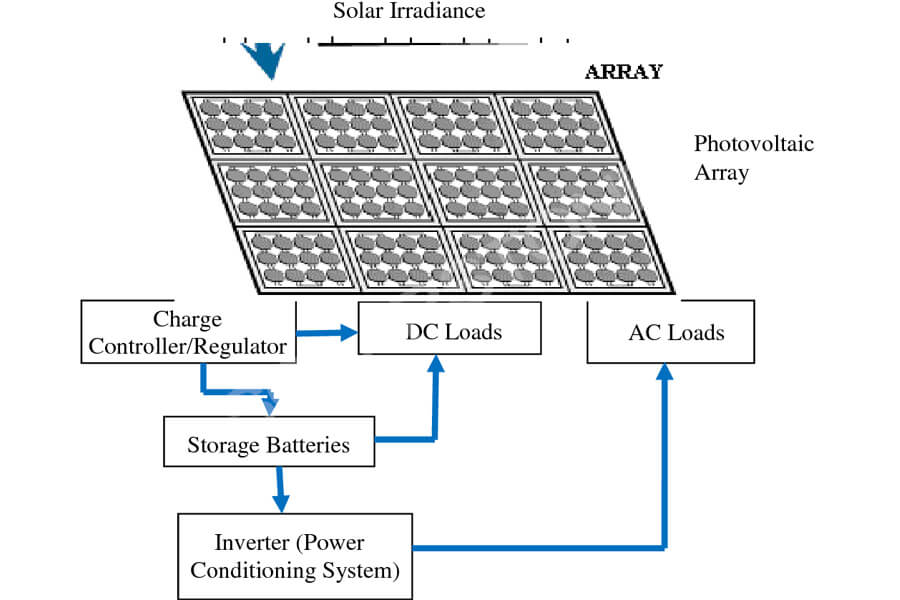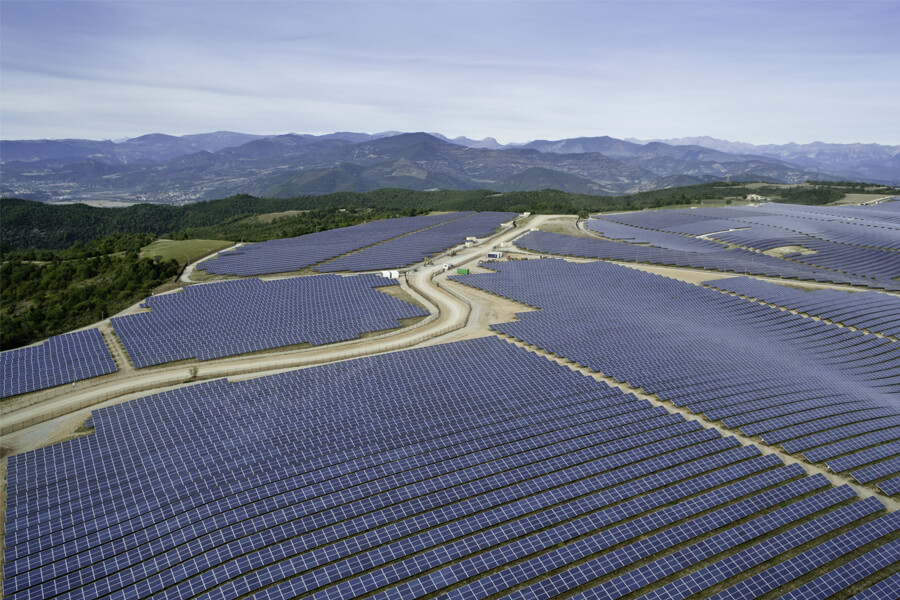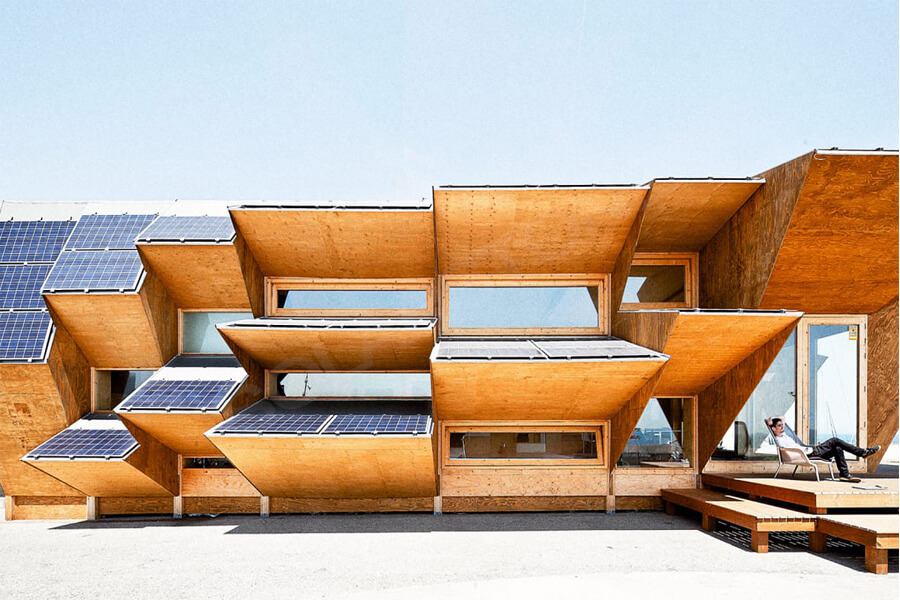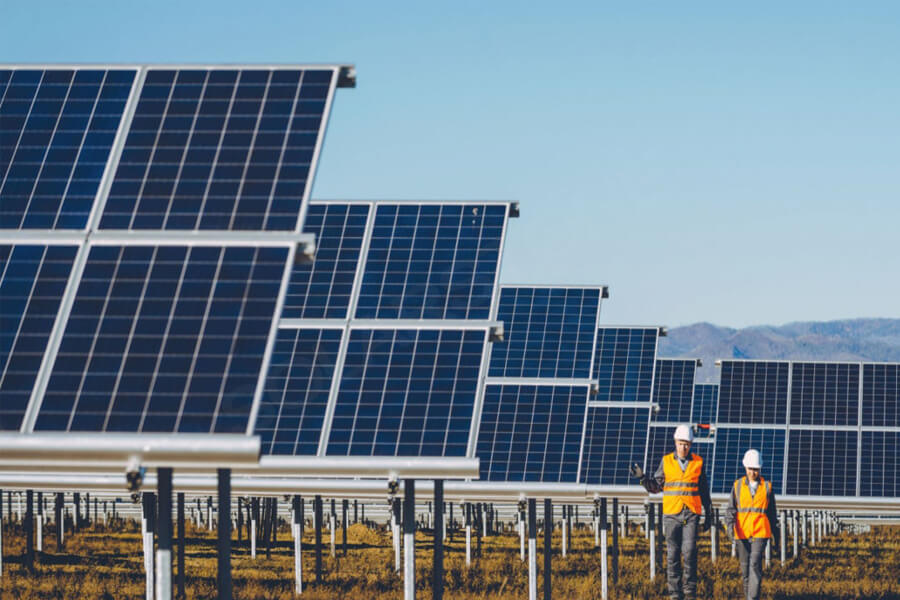The solar cell array is composed of interconnected solar modules composed of multiple solar panels. Solar arrays, also known as photovoltaic arrays, meet the energy needs of large residential and commercial buildings.
The solar array provides DC power, which is transmitted to the inverter, which converts it into AC power for your home. Solar arrays can be installed in a variety of structures and environments. However, the roof is the most common location for residential installations.
What is a solar array?
The number of solar arrays and the size of solar panels depend on the amount of sunlight available at their location. Other basic considerations for purchasing solar arrays include the number of power units required, power storage capacity, and the amount of space available for building solar arrays. The power of the solar array can be used to illuminate the exterior and interior spaces at a low cost.
What is the number of solar panels in the solar array?
The size of the ideal solar array for you depends on several criteria, including your energy use, the available roof area, and the amount of sunlight you live (usually measured in peak sunshine hours). The number of solar panels you need depends on your monthly power consumption (among various factors).
If you try to cover as much power consumption as possible, you will save the most money. If your home’s energy needs are different from those of your neighbors, you may need to install more solar panels.
The number of solar panels you need to cover power consumption also depends on their location in your geographic area and the design itself. For example, a solar panel in California will generate more electricity than a solar panel in New York. All other factors are the same because California receives more sunlight throughout the year. When estimating the output of the solar panel system, the installer will consider your location and provide the design accordingly.
The physical location of the array and the direction it faces are critical considerations. If the roof faces east/west, you will need more solar panels to achieve the same level of power generation as due south.






